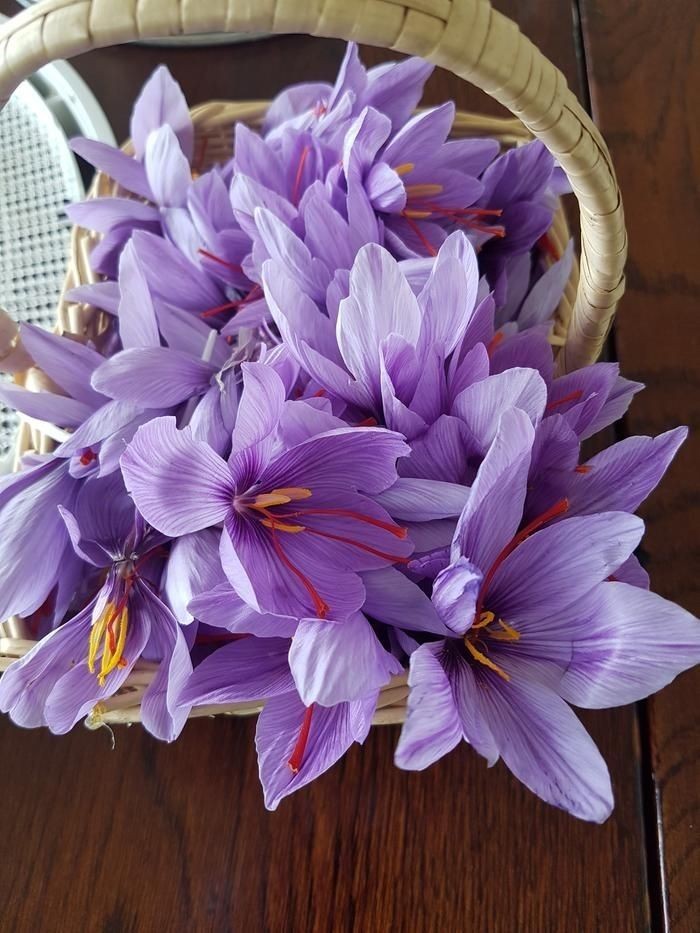Categories
The latest content
-
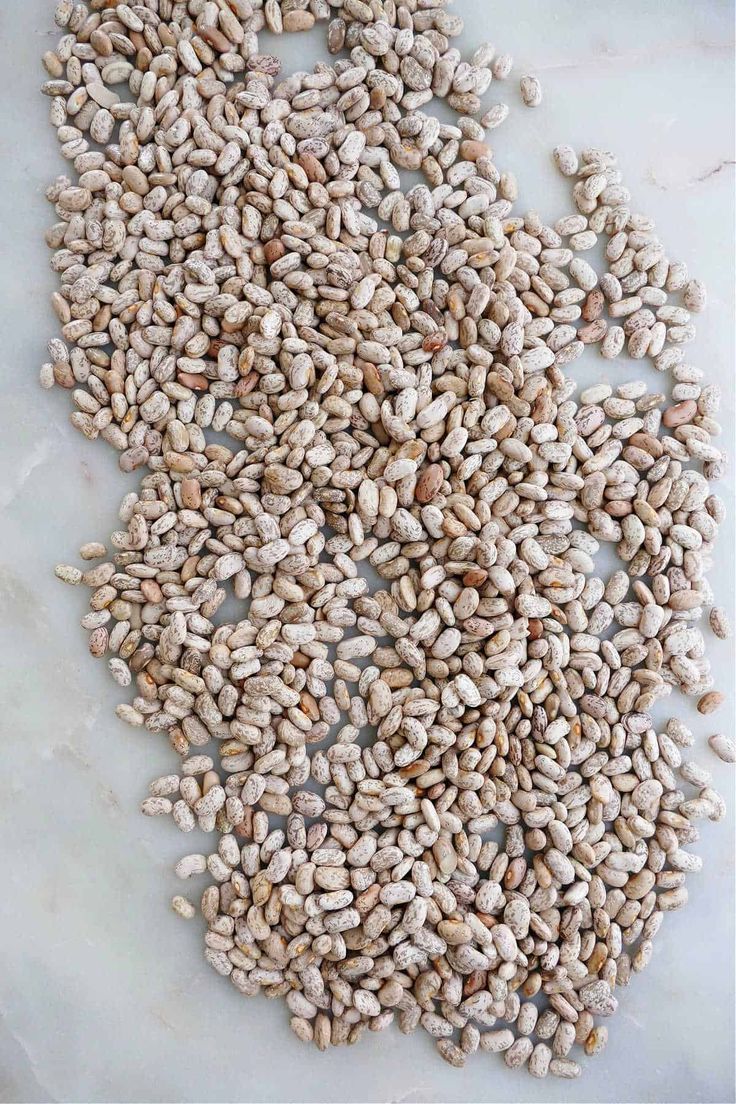
Customs Clearance & Import Regulations for Bulk Iranian Pinto Beans in EU, Middle East & Africa
..
-
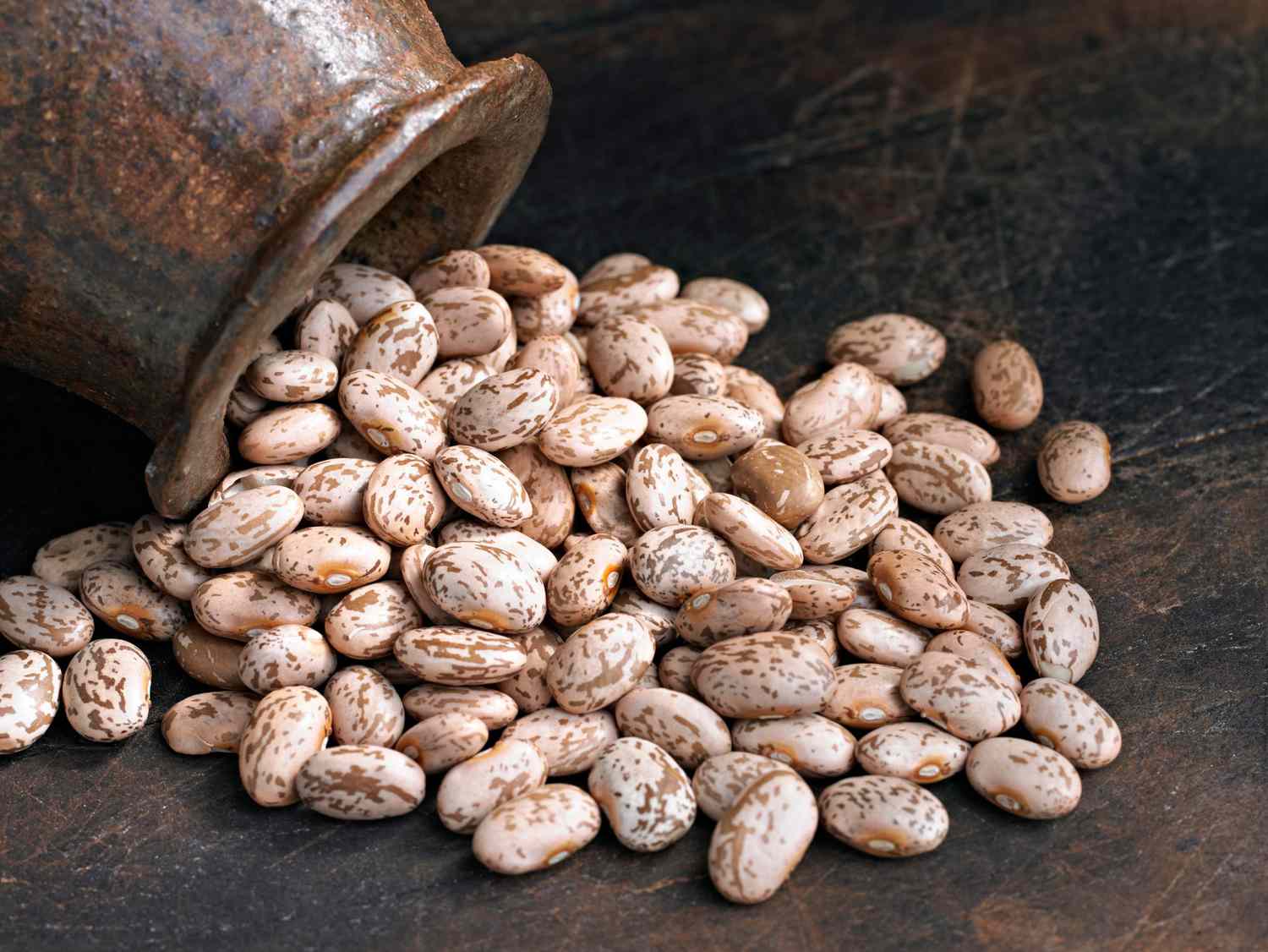
Quality Control & Laboratory Testing Standards for Iranian Pinto Beans
..
-
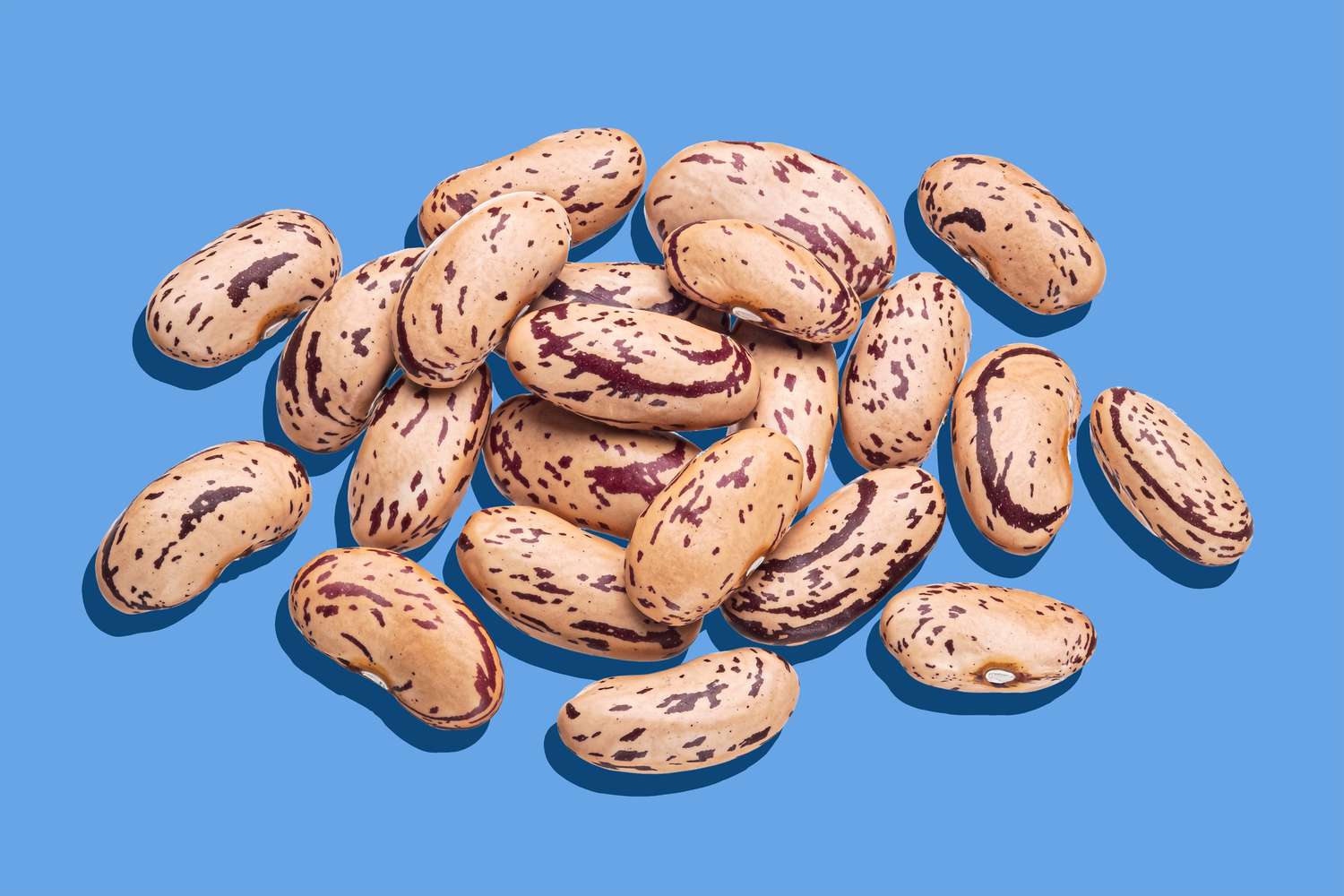
Logistics & Shipping Solutions for Bulk Iranian Pinto Bean Exports
..
-
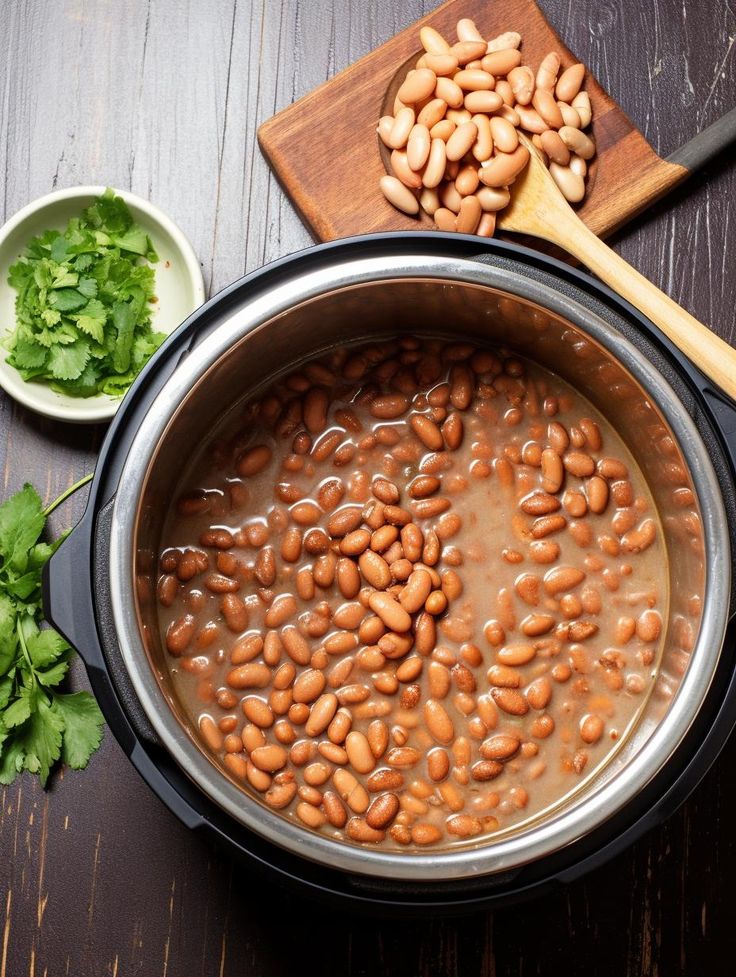
Minimum Order Quantity (MOQ) & Bulk Pricing for Iranian Pinto Bean Buyers
..
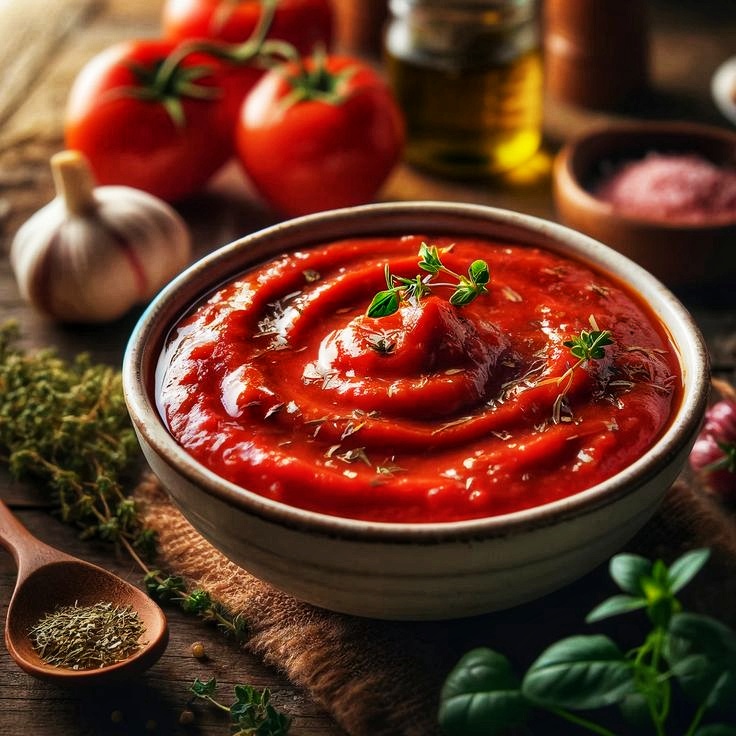
Tags
Iranian Rice Wholesale Price in the UK; A Complete Guide for Importers and Distributors

As global consumers grow more discerning about the quality and origin of the food they eat, Iranian rice has begun to find its rightful place in the spotlight—especially in the UK. Known for its exceptional aroma, long and fluffy grains, and unique cooking properties, Iranian rice such as Tarom Hashemi, Domsiah, and Sadri is no longer limited to Middle Eastern grocery shelves. It’s making its way into gourmet restaurants, health stores, and premium rice sections in supermarkets.
But if you’re a wholesaler, importer, or distributor, one of your primary concerns will be:
"What affects the wholesale price of Iranian rice in the UK?"
This article breaks down the key factors influencing pricing, and helps you make informed purchasing decisions.
1. Variety and Grade of Iranian Rice
Iranian rice is not a single category—it comprises multiple varieties, each with distinct traits and market demand:
• Tarom Hashemi: A long-grain, aromatic rice cultivated in the Mazandaran and Gilan provinces. It’s highly prized for its aroma, fluffiness, and digestibility.
• Domsiah (Black-Tipped Rice): Considered one of the finest types of rice in the world. It’s known for its short, thick grains and strong aroma.
• Sadri Rice: Also aromatic, often used for special occasions and high-end catering.
The purity, grain length, harvest year, and polishing process directly affect the wholesale price. Naturally, premium-grade rice that’s been aged (which improves texture and aroma) fetches a higher price.
2. Harvest Season and Domestic Availability in Iran
Iranian rice is typically harvested once a year—between late summer and early autumn. The supply available for export is influenced by:
• Annual rainfall and irrigation conditions
• Domestic demand and government stockpiling
• Crop yield and farm labor availability
In years with droughts or poor harvests, the Iranian government may prioritize internal distribution, reducing export volumes and pushing prices higher.
3. Export Regulations and International Sanctions
Although Iran is rich in agricultural resources, geopolitical dynamics can heavily impact the rice trade. Sanctions and banking restrictions sometimes complicate payment and logistics processes, adding overhead costs for UK-based importers.
Moreover, exporters who hold valid permits and comply with both Iranian and UK food safety standards (e.g., lab testing, certifications) usually charge a premium for their goods—reflecting the added value and smoother transaction process.
4. Currency Exchange Rate (Iranian Rial to British Pound)
Currency fluctuations play a major role in determining the final CIF (Cost, Insurance & Freight) price of rice from Iran to the UK. When the Iranian Rial weakens, exporters may offer better prices in GBP or EUR. However, currency instability can also create uncertainty for long-term agreements, leading some suppliers to increase prices as a buffer against risk.
If you’re a UK importer, it’s wise to monitor the exchange rate trends or work with a supplier offering fixed-rate contracts in GBP to avoid surprises.
5. Shipping, Logistics, and Port Costs
Iranian rice is typically exported via ports on the southern coast of Iran (like Bandar Abbas). The total cost to bring a shipment to the UK depends on:
• Container availability
• Fuel prices
• Freight route (direct vs. transshipment)
• Customs clearance procedures in the UK
• Packaging type (bulk bags vs. branded retail packs)
Post-pandemic supply chain issues and global freight congestion have led to increased shipping costs across the board. These costs are passed down to buyers, impacting wholesale pricing significantly.
6. Packaging, Branding & Shelf-Readiness
Many UK retailers and distributors are now requesting retail-ready packaging, including:
• Branded 5kg and 10kg bags
• Biodegradable or eco-friendly packaging
• English-language labeling and certifications (ISO, HACCP, organic)
The more sophisticated the packaging and compliance, the higher the wholesale price—but this also opens doors to higher-end retail markets and profit margins.
7. Market Demand in the UK
The UK market for Iranian rice is influenced by several consumer segments:
• Ethnic grocery stores catering to Iranian, Afghan, and Middle Eastern communities
• High-end restaurants and catering services looking for premium rice
• Health-conscious consumers seeking natural, non-GMO alternatives to heavily processed rice
As demand continues to grow, especially in metropolitan areas like London, Birmingham, and Manchester, competition among importers can push prices higher—particularly during festive seasons like Nowruz or Ramadan.
8. Competitor Products and Substitutes
While Iranian rice is in a league of its own in terms of aroma and quality, it still competes with:
• Basmati rice from India and Pakistan
• Thai jasmine rice
• Other premium long-grain varieties
These alternatives may be more competitively priced at times, but for niche markets that prioritize authenticity, Iranian rice remains the preferred choice despite its slightly higher cost.
Current Wholesale Price Range in the UK (as of Q1 2025):
Prices vary depending on supplier, variety, and packaging, but generally:
• Bulk Tarom Hashemi (25kg bags): £2.00 – £2.60/kg
• Premium Domsiah (Retail packaging): £2.80 – £3.50/kg
• Branded Organic Varieties: £3.50+/kg
(Note: These are indicative rates and may vary based on order quantity, payment terms, and delivery location.)
Final Thoughts: Choosing the Right Supplier Matters
If you're planning to import Iranian rice to the UK, your success largely depends on the reliability of your supplier. Look for exporters who:
• Offer consistent quality and fair pricing
• Are responsive and transparent
• Provide documentation and samples
• Can handle private labeling and UK-compliant packaging
Ready to Import Premium Iranian Rice?
At Tamila Agrifood Company, we specialize in supplying high-quality Iranian rice to UK wholesalers, retailers, and foodservice providers. With transparent pricing, efficient logistics, and reliable sourcing directly from Iranian farms, we help you gain an edge in the market.
Contact us today to request a quote, product samples, or a consultation with our export team.



